Submitted by Gitie on 28 April, 2012 - 17:22
by Gabi Friebe from Long Grass Wildlife Refuge and Bats Qld
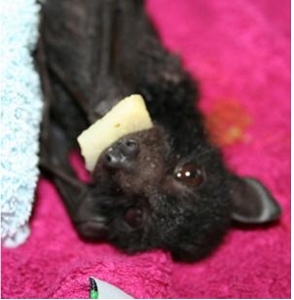
Tulip was an orphaned baby rescued from Esk. I got the call late afternoon and went to check. I saw the mother high up in a tree looking down and the baby was just hysterical. Seemed like a perfect reunite so I fed the baby, gave it a mumma roll tied to a branch where the mum could easily land and as I was on the way to Long Grass decided to leave the two to get together after dusk. The baby was calm by this stage and there was a helpful caller who would keep an eye on the situation who advised me that there was some altercation with dogs which is why they separated in the first place. 10pm I called to see if the mum was with bub. Sadly no and bub was screaming. Yes you guessed it back in the car for the trek to Esk to colect Tulip. Next day passing Esk on my way back to Batavia the mum was still up the tree fairly obviously injured by her altercation with the dogs and unable to fly. She had not moved. Such a sad situation but I was comforted slightly by knowing how pleased mum would be to not hear her baby screaming.

Submitted by Gitie on 28 March, 2012 - 21:35
By Peter Richards from Long Grass Wiildlife Refuge and Bats Qld
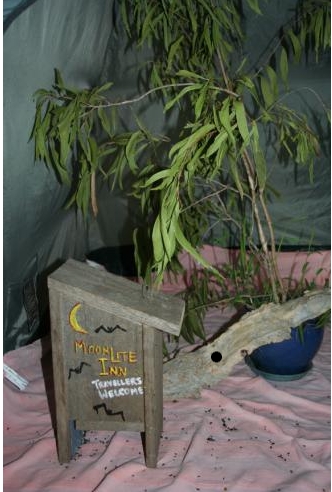 In previous years Gabi and I have had microbats come in to care and those that did we had little success with. We became quite somewhat despondent about the prospect of rearing more microbats only for them to die after a couple of weeks. This year however has been different. Since the beginning of December 2011 we took 9 microbats into care and lost two of them. One of the deaths was pretty well unavoidable. A bat that was passed on to us from Australia Zoo as simply requiring a rest before being released turned out to be paralysed and had multiple injuries. The second death was a 3g furless baby that survived for 27 days and then succumbed to what I think was inhalation pneumonia after she was switched from syringe feeding to lapping as she had a habit of putting her whole nose in the milk. I will stick with syringe feeding these young ones from now on.
In previous years Gabi and I have had microbats come in to care and those that did we had little success with. We became quite somewhat despondent about the prospect of rearing more microbats only for them to die after a couple of weeks. This year however has been different. Since the beginning of December 2011 we took 9 microbats into care and lost two of them. One of the deaths was pretty well unavoidable. A bat that was passed on to us from Australia Zoo as simply requiring a rest before being released turned out to be paralysed and had multiple injuries. The second death was a 3g furless baby that survived for 27 days and then succumbed to what I think was inhalation pneumonia after she was switched from syringe feeding to lapping as she had a habit of putting her whole nose in the milk. I will stick with syringe feeding these young ones from now on.
We have improved our microbat facilities during this season. The inner lining of a 2 man tent made a perfect bat house in the corner of our office. The tent is free-standing, lightweight, roomy and totally bat proof.

Submitted by Gitie on 24 March, 2012 - 15:32
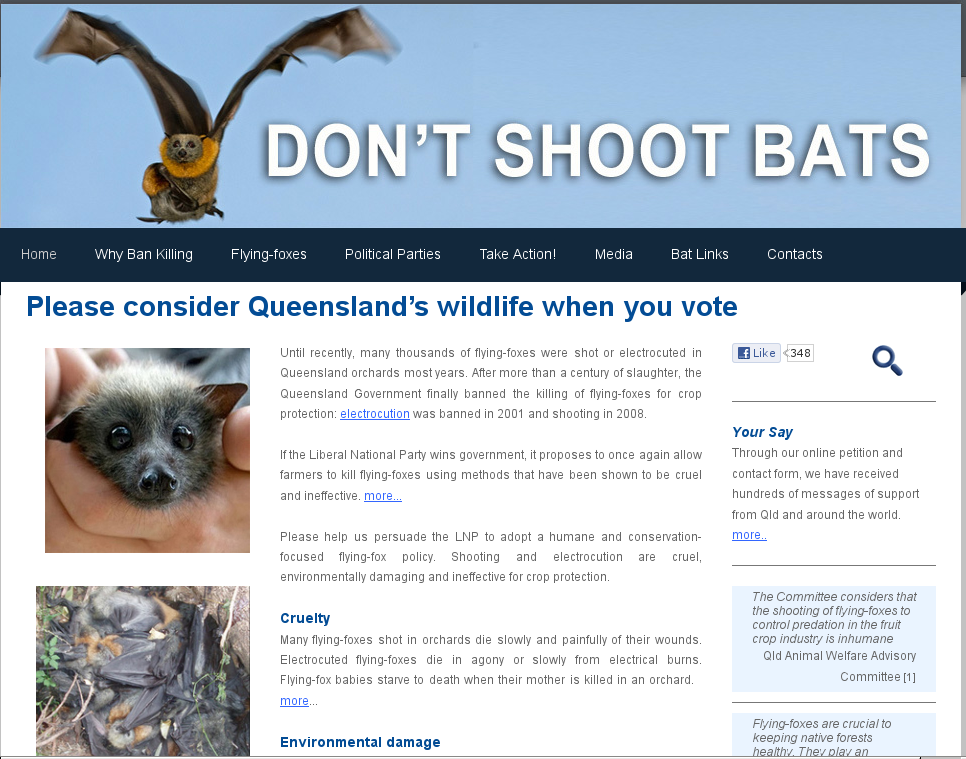
It's not too late to help - visit - dontshootbats.com to find out how you can help and for more information on bats.
"Full exclusion netting is the only reliable method" - NSW Govt (Dept of Environment & Climate Change)
Unfortunately LNP has announced plans to shoot bats instead of following progressive ways that actually work. Let your pollies know that these bad old ways are no longer acceptable.
Sign the petition at: http://www.gopetition.com/petitions/don-t-shoot-bats.html

Submitted by Gitie on 4 March, 2012 - 22:53
2012 sees the continuation of the Year of the Bat.
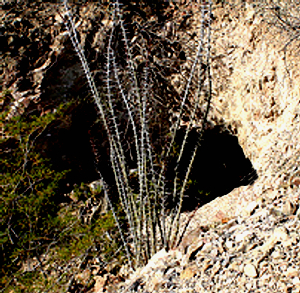 Abandoned mines although unsuitable for human use can provide much needed habitat for bats and wildlife. In the United States alone there are over 48,000 abandoned mines. Abandoned mines are like caves and non-destructive mine closures are those where features such as bat gates, cupolas and other preservation tools have been installed to help bats (or other wildlife depending on the location) use the mines for refuge.
Abandoned mines although unsuitable for human use can provide much needed habitat for bats and wildlife. In the United States alone there are over 48,000 abandoned mines. Abandoned mines are like caves and non-destructive mine closures are those where features such as bat gates, cupolas and other preservation tools have been installed to help bats (or other wildlife depending on the location) use the mines for refuge.
Bat Conservation International and the US Bureau of Land Management have combined their efforts to create a guide that helps determine the best closure type for mine openings. On their dedicated site http://www.batgating.com they provide a wealth of information as well a decision matrix tool to help land managers and conservation groups evaluate a closed land mine, or a mine targeted for closure and determine the most suitable mine opening. There is also a wealth of information on closure types, materials, considerations, and other expert material.
Such re-purposing is great news for bats and other wildlife and hopefully a turning point as more unusable mines are converted to help conservation efforts across the globe.

Submitted by Gitie on 6 October, 2011 - 15:36
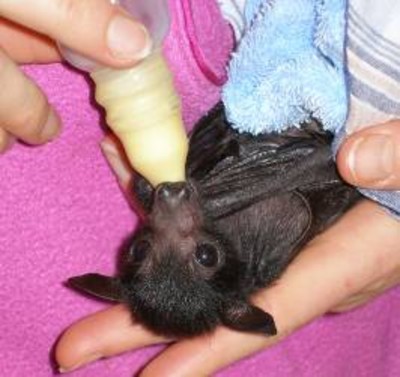 The recent outbreak of the potentially deadly hendra virus is a cause of great concern to horse breeders and farmers alike. According to the Department of Primary Industries, although the virus can be transmitted from horses to humans, found in bats, there is no evidence that it can be transmitted directly to humans. Flying foxes are critical to the environment and a protected species. Culling is not only cruel but also ineffective. (Ref: Flying Foxes and Hendra Virus; The role of flying foxes in Hendra virus)
The recent outbreak of the potentially deadly hendra virus is a cause of great concern to horse breeders and farmers alike. According to the Department of Primary Industries, although the virus can be transmitted from horses to humans, found in bats, there is no evidence that it can be transmitted directly to humans. Flying foxes are critical to the environment and a protected species. Culling is not only cruel but also ineffective. (Ref: Flying Foxes and Hendra Virus; The role of flying foxes in Hendra virus)
There are many effective steps people can take in reducing the risk of horses and people getting infected. See:
Reducing the Risk of Hendra Infection in Horses
Reducing the Risk of Hendra Infection in People
Flying foxes are the only flying mammals and perform the quintessential task of pollinating and dispersing seeds of many native plants. Many trees especially those with white and green fruits rely only on flying foxes for pollination and dispersal of seeds. Losing our flying foxes would also mean losing a vast range of our native plants.
Flying foxes are also responsible for nutrient regeneration and nutrient cycling within the ecosystem, (Ref: Living With Wildlife) by providing large quantities of natural fertiliser across the landscape. They also create gaps in canopies enabling ground- dwelling plants to get more sunlight and rain.

Pages




 Abandoned mines although unsuitable for human use can provide much needed habitat for bats and wildlife. In the United States alone there are over 48,000 abandoned mines. Abandoned mines are like caves and non-destructive mine closures are those where features such as bat gates, cupolas and other preservation tools have been installed to help bats (or other wildlife depending on the location) use the mines for refuge.
Abandoned mines although unsuitable for human use can provide much needed habitat for bats and wildlife. In the United States alone there are over 48,000 abandoned mines. Abandoned mines are like caves and non-destructive mine closures are those where features such as bat gates, cupolas and other preservation tools have been installed to help bats (or other wildlife depending on the location) use the mines for refuge. T
T



